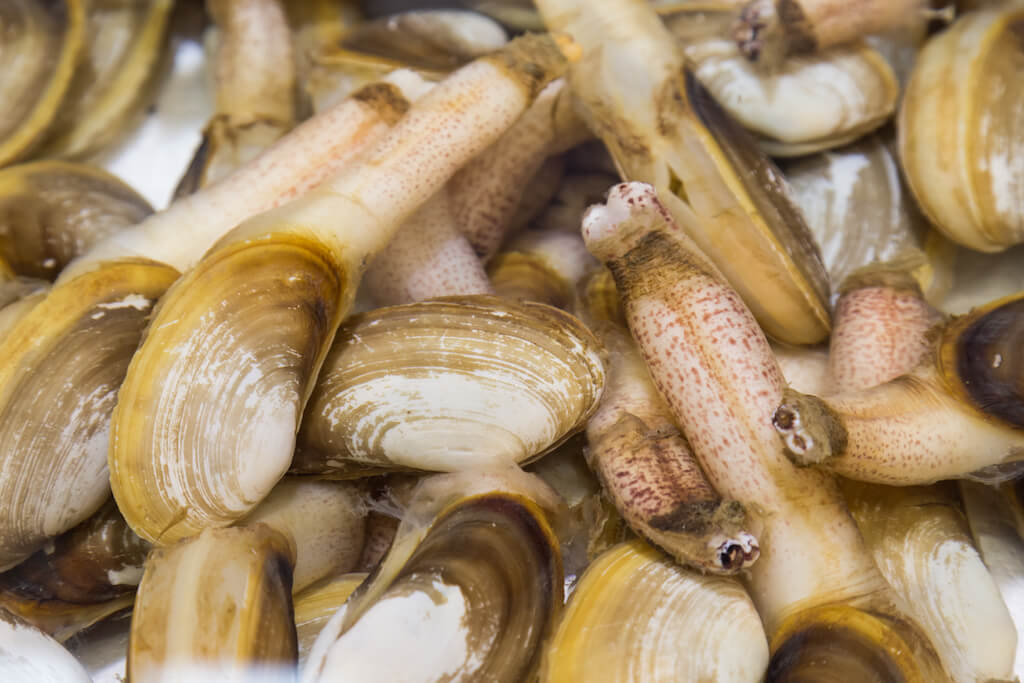

Living with a shellfish allergy requires vigilance and education, as reactions can range from mild to potentially life-threatening. This comprehensive guide provides essential tips and safe alternatives to help individuals navigate their dietary needs and lifestyle with a shellfish allergy. By understanding how to manage this condition, you can enjoy a healthy, fulfilling life without the fear of allergic reactions.
A shellfish allergy is an adverse immune response to proteins found in marine animals in the shellfish category, including crustaceans and mollusks like shrimp, crabs, lobster, squid, oysters, scallops, and snails. For some, even trace amounts can trigger symptoms from hives and nasal congestion to severe anaphylaxis.
Living with a shellfish allergy doesn’t mean you have to miss out on delicious meals. There are numerous safe and tasty alternatives to shellfish, including:
Managing a shellfish allergy involves careful avoidance of allergens, preparation for accidental exposure, and finding delicious alternatives to shellfish in your diet. By following these tips, you can protect yourself from allergic reactions and enjoy a rich and varied diet. The Health Recipe Club is here to support you on your journey, offering allergy-aware meal plans and recipes that cater to your specific dietary needs. Join us today to explore a world of safe, tasty, and nutritious eating options that keep your health and well-being at the forefront.
External Resource Links:
Internal Links:
By incorporating these practices and leveraging the resources available through the Health Recipe Club, you can lead a safe, active, and enjoyable life, even with a shellfish allergy.
Disclaimer: This content is for informational purposes only and is not intended as medical advice, diagnosis, or treatment. Always seek the advice of your physician or other qualified health provider with any questions you may have regarding a medical condition.

Sign up for our newsletter to receive the latest recipes and health tips, meticulously reviewed to align with the most recent nutritional science.
Copyright © 2024 Health Recipe Club
Our content is intended for informational purposes only and should be used in conjunction with professional medical advice. Recipes and health tips are regularly reviewed to reflect current nutritional understanding, aiming to integrate healthy eating into a joyful lifestyle.